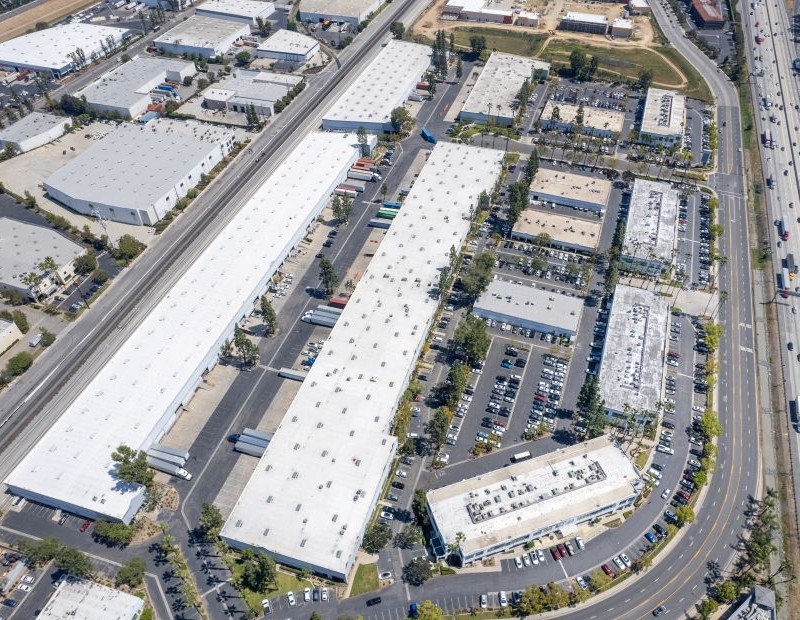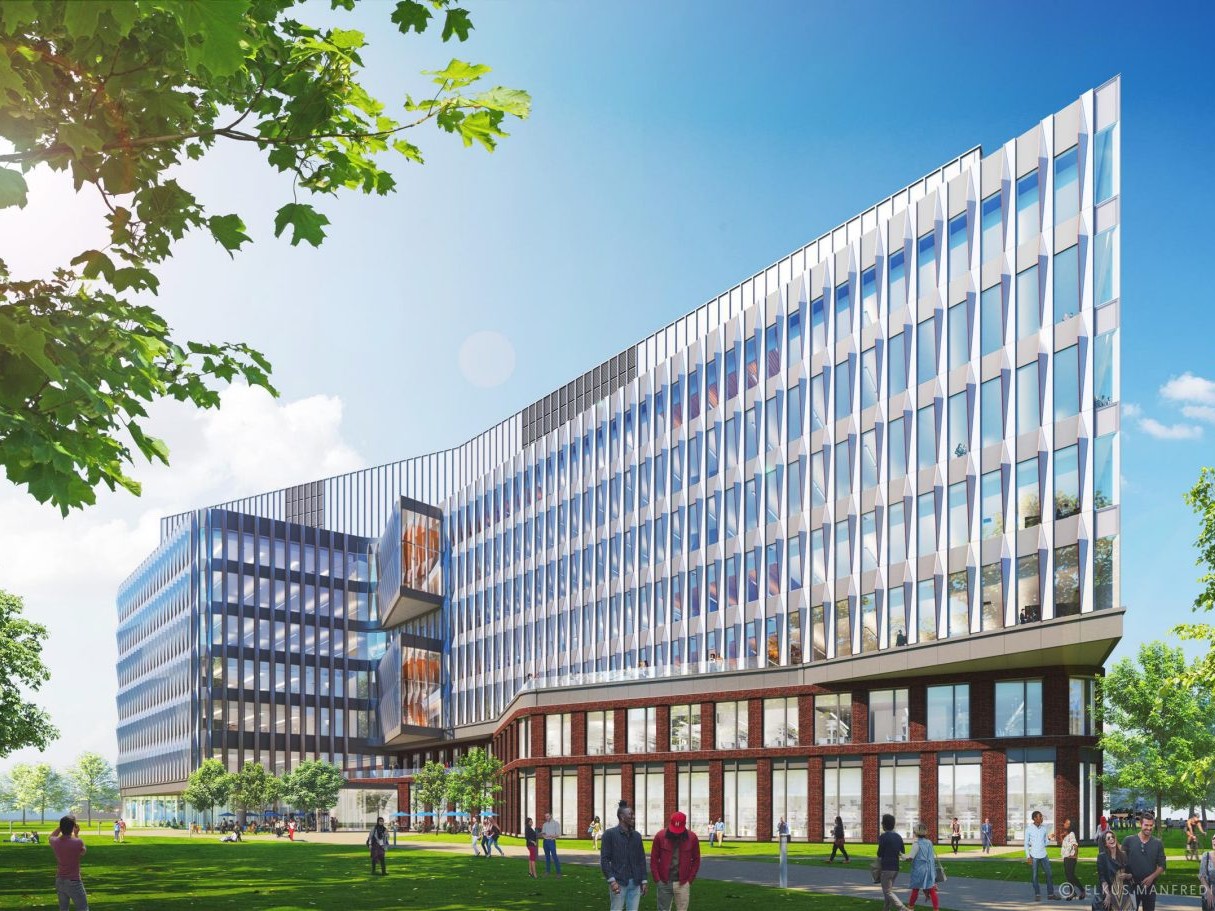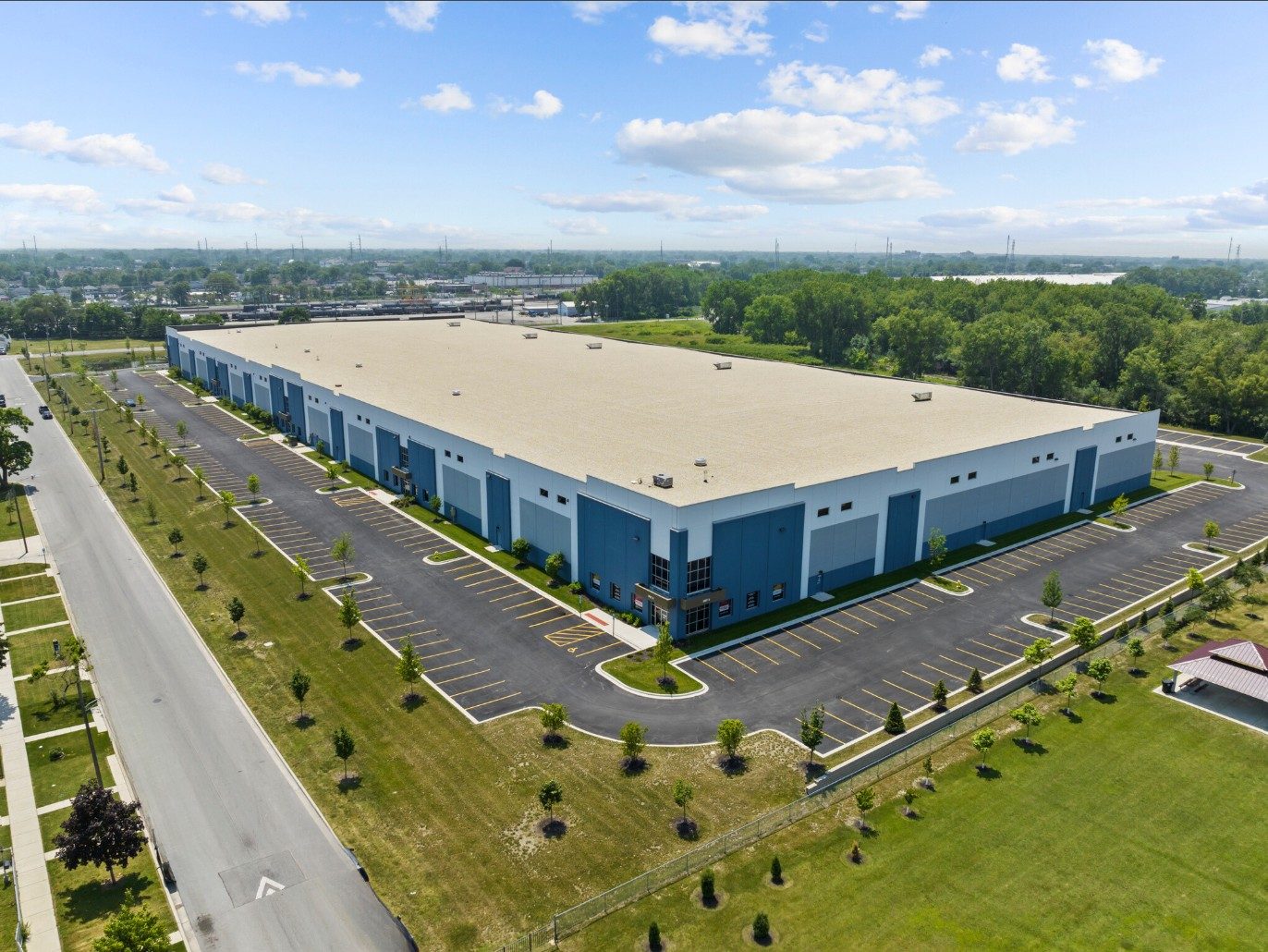Big Investors Gobble Up IOS in Large and Small Bites
Why consolidation challenges present opportunities for local buyers and lenders, too.

Industrial outdoor storage has rapidly evolved from a largely overlooked niche to an industrial asset type hotly pursued by both private and institutional investors.
“While smaller, single-tenant IOS assets exist, the institutional capital flow is targeting larger portfolios to achieve diversification and scale,” said Gunnar Stray-Gundersen, vice president with Transwestern Investment Group, who noted that these opportunities typically trade at a 100- to 150-basis-point spread over industrial cap rates depending on the market and location.
The activity is also creating private credit opportunities by way of bridge loans and structured finance, said Jason Tolliver, president, logistics & industrial, Americas Real Estate Advisory at Cushman & Wakefield. “Big institutional investors are pouring hundreds of millions into this sector, showing its stability and scalability,” he added. “Furthermore, there has been an increase in the securitization of IOS-backed loans as the asset class matures.”
LIKE THIS CONTENT? Subscribe to the CPE Capital Markets Newsletter
Big investors dive into IOS market

There’s a broad influx of capital coming into this sector—from REIT to private equity and triple-net lease funds on both the debt and equity sides, said William McCormack, director, JLL Capital Markets. Peakstone Realty Trust, he noted, was the first publicly traded REIT to enter the space in October 2024, executing the largest arms-length IOS deal so far. The Chicago-based REIT acquired a portfolio of IOS assets from Alterra Property Group, a private investor focused on IOS assets, and JP Morgan for $490 million.
At the time of acquisition, Alterra CEO & managing partner noted that Peakstone’s acquisition of this high-quality portfolio “advances the institutionalization of the IOS asset class.”
In addition, JLL closed a $158 million deal with a JP Morgan NNN lease fund and Zenith, JPM’s IOS operator on behalf of First Student, the largest domestic School Bussing operator, for a portfolio of IOS properties.
On the lending side, Blackstone has already financed two large IOS portfolios for Alterra and Jadian Capital this year alone.
Still, nearly 90 percent of IOS assets are financed by regional banks. “IOS deals usually involve smaller loan amounts than larger industrial or multifamily projects, fitting well within the lending thresholds of regional banks,” Tolliver explained.
Before IOS gained traction as an institutional asset class, McCormack noted, national lenders did not have standardized products or risk models to address it. Regional banks filled this gap by financing deals that did not fit traditional lending criteria, he said.
Why the fuss over IOS?
The growing popularity of IOS with investors is a function of supply and demand dynamics as well as the ability to achieve higher returns than that of traditional industrial product.

“The space is still in its early innings and, as such, it isn’t trading as tight on a yield basis as it arguably should or will eventually trade,” McCormack said. “But IOS provides an opportunity to gain exposure to the same macro-economic trends that have made traditional brick and mortar industrial a favored asset class.”
New supply is constrained by zoning and permitting challenges, suggested Ryan Butler, Northmarq regional managing director of investment sales. He noted that many municipalities are reluctant to approve IOS projects, creating scarcity that drives rent growth and makes it an attractive, defensible asset class for investors.
Additionally, McCormack noted that investors can make small bets since there is no minimum investment size for the right infill location. IOS investors, in fact, often prefer smaller sites of 2 to 10 acres, he mentioned. “The meat of the market really is the the smaller-size segment, where you can buy infill sites from legacy owners, many of which are small businesses,” he said.
Institutional capital is targeting larger portfolios to achieve diversification and scale, McCormack added. Given the small deal sizes, however, there is a need for capital sources to partner with local operators who can source opportunities through their connections.
Key investment considerations: location and use
The transportation and logistics industries are the biggest users of IOS, such as 3PLs, which depend on truck terminals to gather and distribute goods, as well as for storing and repairing vehicles, chassis and containers, noted Tolliver. When looking for suitable IOS sites, 3PLs mainly focus on proximity to seaports, intermodal hubs, airports and major highways. And 3PL’s willingness to pay premium rents comes down to the savings in transportation costs for locations nearby transportation hubs vs. IOS space that’s farther away from key supply-chain connections, he added.

Other common uses for IOS include storing construction equipment and building materials, like lumber, plumbing, and roofing supplies. In this case, Tolliver pointed out that being nearby customers and job sites is more important than proximity to supply-chain facilities.
Extra cost considerations
These sites could also see rising demand for EV charging stations to service electric trucks and delivery vans, he added, but noted that many of these locations don’t currently have the electrical capacity to handle the charging needs of whole EV fleets.
“This means landlords and tenants must collaborate with local utility companies to improve the electrical infrastructure, which can lead to extra costs, delays and added complexity in any lease agreements,” said Tolliver.
IOS assets, basically a land play, are broadly undesirable for local governments because the tax load is lower for low-coverage sites, they provide fewer jobs compared to a traditional warehouse/manufacturing building and residents don’t like them—more trucks in neighborhoods, noted McCormack.
Additionally, existing well-located IOS sites are often redeveloped into other product types, decreasing existing supply, while zoning new IOS product is incredibly challenging. ”As such, there’s a true supply barrier to entry that is unique to this asset class,” added McCormack.
The silver lining of barriers
Limited supply pushes up rents and property values over time, Tolliver noted. Sites in urban or infill areas are becoming crucial logistics hubs, especially as industrial space gets tighter. Plus, these locations have potential for redevelopment and long-term growth.

“With trends, such as the growth of e-commerce and onshoring of manufacturing continuing, entering the sector at this stage provides an excellent opportunity to capitalize on these same demand drivers at a yield premium and benefit from an environment where the sector is growing more accepted by capital each day,” McCormack suggested.
Tolliver said that gross returns can hit 12 to 14 percent over seven to 10 years, especially when paired with value-add strategies, while capital investment and maintenance costs are relatively low compared to traditional industrial assets. And since most properties are leased on a NNN-basis, they require a lighter touch while enjoying steady cashflow.
“IOS is a great option for passive investors who want a steady cashflow without much landlord hassle,” Tolliver added.
As a result, he said, there’s “a noticeable buzz” among 1031 investors about IOS properties, as Section 1031 enables investors to avoid capital gains taxes by swapping into IOS properties. “This helps them keep their equity intact, reinvest in assets that yield higher returns and diversify into a growing market.”
Tolliver pointed out, however, that while tenants often handle basic operations, landlords may want to invest in upgrades, such as security enhancements, fencing, lighting and paving to attract and retain tenants. These improvements are generally one-time or periodic, rather than daily tasks.
As IOS becomes more institutionalized, larger ownership groups are beginning to provide capital improvements and specialized amenities, such as EV charging infrastructure and truck repair facilities, to meet tenant demands, Tolliver continued. “These enhancements are strategic investments, rather than operational necessities.”
Butler also noted that landlords are generally responsible for key structural elements, such as the roof, building envelope and, in some cases, the parking lot and HVAC systems.
Other attractive IOS attributes include its built-in exit strategy. “The land’s inherent options for higher and better uses add to its appeal,” stressed Tolliver.
Patient investors will reap the rewards
Historically, institutions that invest early in niche property types, such as self-storage or manufactured housing, have often enjoyed outsized returns. “IOS properties’ current fragmented ownership structure, which tends to be non-institutional, makes large-scale investment challenging,” Tolliver noted.
Additionally, IOS portfolios are seldom available on the market, and the best returns are likely to come from one-off deals, where there may be operational improvements left by previous owners, Tolliver added. Therefore, investors who are patient and willing to acquire infill IOS sites over time gradually should be well-positioned for robust total returns compared to other property types.
“IOS combines the durability and demand profile of industrial with a lower cost structure, making it attractive both as a cash-flowing investment and long-term land play,” Stray-Gundersen said. “The combination of low capital requirements, resilient demand and strategic land positioning is why the asset class has caught such institutional interest.”
What makes a ‘good IOS deal’
McCormack offered advice on what constitutes a favorable IOS investment.
“Broadly speaking, a good IOS investment is one that is zoned correctly for its intended use, is environmentally clean and is in close proximity to demand drivers, which are varied—intermodal, port, highway, airport, major population center,” he said.
Meanwhile, Butler suggested that the best IOS investments often have below-market rents, creating immediate value and strong upside potential as leases reset. “Continued rent growth driven by sustained demand further enhances long-term returns,” he mentioned.







You must be logged in to post a comment.